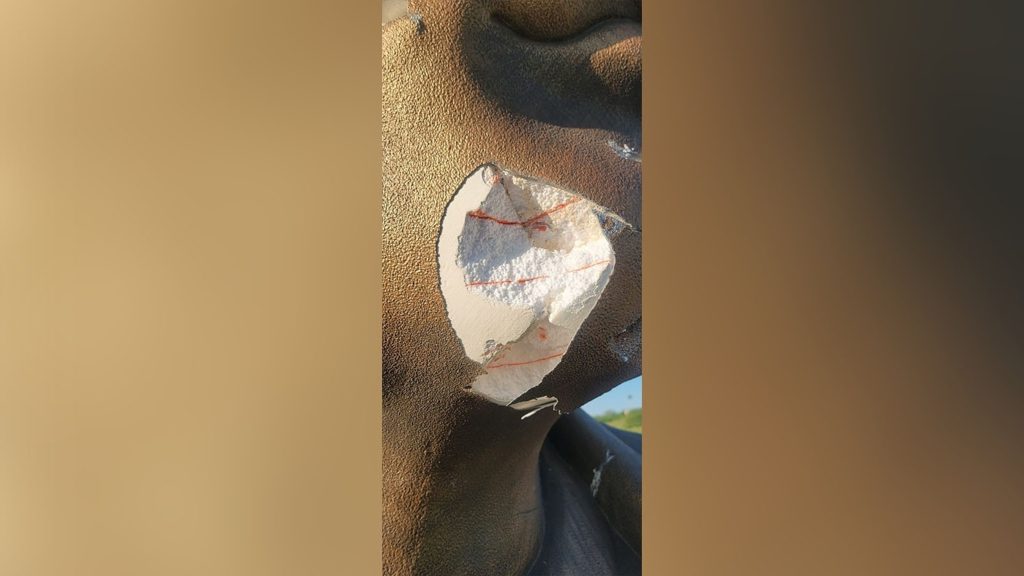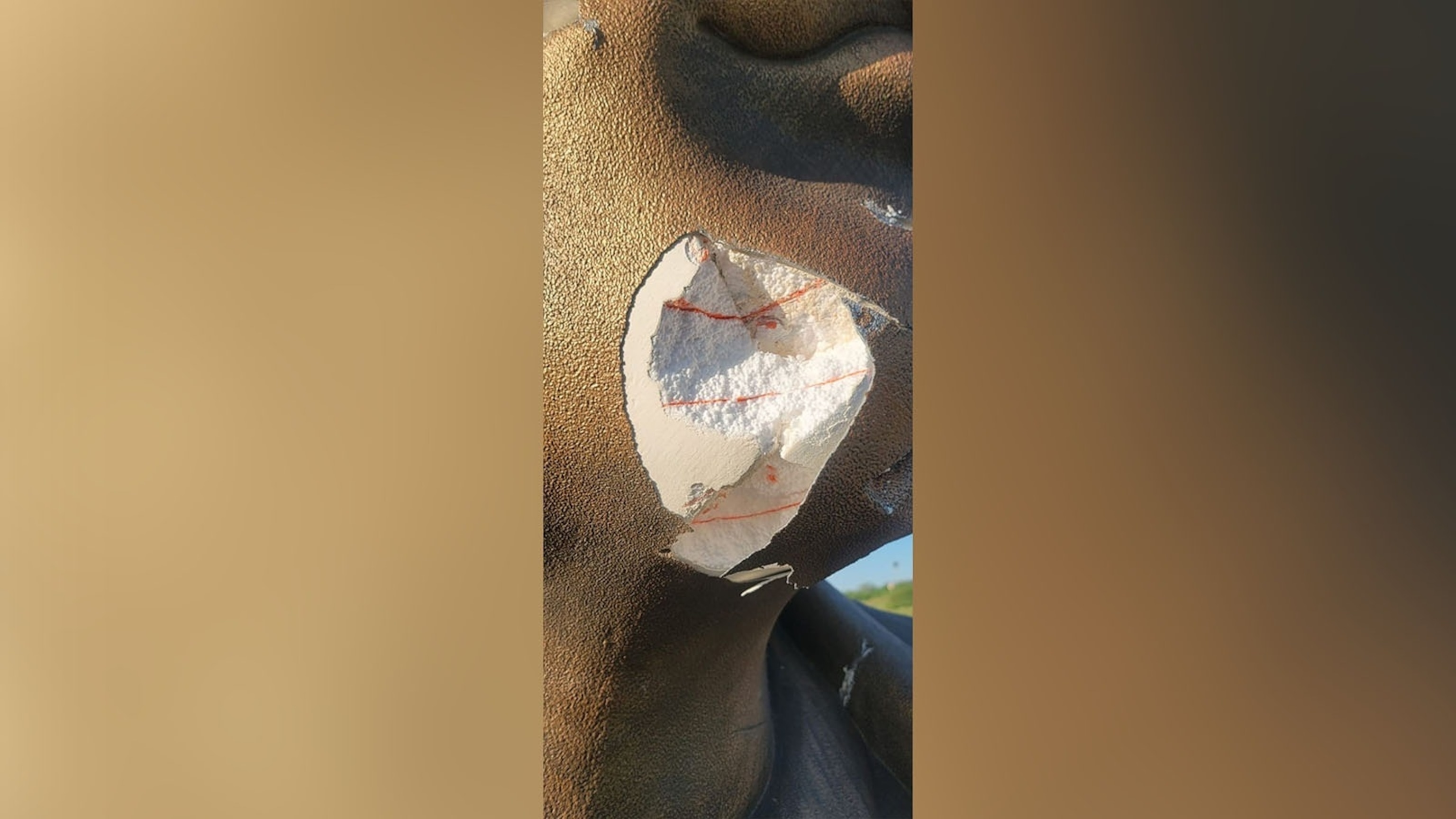
Statue of Elon Musk Vandalized in Texas

The Meme, the Myth, the Monument: The Vandalism of the Elon Musk Bust in Texas and the Rise of Crypto Pop Culture
In the sun-scorched flatlands near Boca Chica Village, Texas—just a few miles from SpaceX’s sprawling Starbase compound—a surreal monument has garnered both admiration and ire: a 12-foot-tall foam-and-fiberglass bust of tech entrepreneur Elon Musk. The statue, officially titled “Elon, aka MemeLord,” was recently vandalized, drawing renewed attention to the strange intersection of internet culture, cryptocurrency, and political unrest.
Sculpted from satire, inspired by a Reddit drawing from 2019, and funded by a little-known cryptocurrency called ElonRWA, the statue stood as both a tribute and testament to Musk’s cultural influence. But this seemingly playful ode to the billionaire has now become the target of political and artistic defiance.
From Meme to Monument
The origins of the Musk bust trace back to a viral Reddit post in early 2019. Shared by a user self-identified as Watchieboy, the amateur drawing of Musk became a meme sensation due to its exaggerated features—particularly a dramatically wide jawline. The image, meant to be humorous and lighthearted, quickly caught the attention of ElonRWA, a crypto memecoin whose name loosely translates to “Elon Real World Asset.”
ElonRWA purchased the rights to the drawing and took it a step further by commissioning a Utah-based 3D printing firm, WhiteClouds, to bring it to life. What emerged was not just a meme-inspired sculpture, but a bold cultural artifact that blurred the lines between art, fandom, and digital currency culture.
The statue made its debut in August 2023 during “Elon Day,” where it was dramatically transported through Brownsville, Texas, atop a Tesla Cybertruck. The event echoed a similar public stunt in 2022, when ElonGOAT, another Musk-themed cryptocurrency, hauled a giant statue of Musk’s head on a goat’s body through Austin.
A Statue Defaced
Fast forward to April 2025, and the 12-foot bust that once stood unscathed alongside the road leading to SpaceX’s facility was found vandalized. Deep gashes and what appear to be knife punctures mar the sculpture’s cheek and chin. A spokesperson for ElonRWA confirmed the damage via email, attributing it to “Elon Musk haters.”
While the exact perpetrators remain unidentified, the Cameron County Sheriff’s Office has begun investigating the incident. The landowner of the property where the sculpture is installed reportedly filed a police report and claimed another unnamed artist has already volunteered to repair the damage.
A Cultural Flashpoint
While at first glance the statue’s destruction might seem like a random act of vandalism, it likely reflects broader sociopolitical tensions swirling around Musk. The event transpired the same weekend that saw nationwide protests erupt against former president Donald Trump and recent federal job cuts within government-affiliated tech sectors. Musk’s close ties to the Trump administration and his increasingly prominent political presence have polarized opinion.
Beyond the bust, Tesla facilities and Cybertrucks across the country have also seen a rise in attacks, often framed as acts of civil disobedience. Some label these actions as protest art, while authorities have begun categorizing them as domestic terrorism. This clash echoes a larger question: At what point does dissent collide with defacement?
Memes, Markets, and Meaning
Musk’s cultural resonance has taken on mythological levels among certain communities, especially within cryptocurrency and tech circles. Companies like ElonRWA leverage this charisma to create tokens and NFTs that oscillate in value, often driven more by internet trends than tangible utility. As of early April 2025, ElonRWA’s coin is worth a mere $0.000034, highlighting its primarily memetic value over monetary.
Still, the group remains unfazed by the vandalism. On its X (formerly Twitter) profile, ElonRWA responded irreverently: “You can’t stop the Meme culture 😘,” pledging continued support for Musk and his vision to “make life multiplanetary.”
The Road Ahead
Whether the statue will be restored or permanently removed is uncertain. What is clear, however, is that it represents more than a piece of oversized pop art. It encapsulates a moment in time when digital culture spilled into physical space, transforming memes into monuments and cryptocurrencies into provocateurs.
As Elon Musk’s empire grows—both technologically and ideologically—the fate of his symbolic effigy in rural Texas may become a barometer of public opinion, measuring not just admiration or animosity, but the ever-shifting borders between fandom, protest, and the future of decentralized creativity.
In the end, the “Elon MemeLord” bust might not just be a statue. It’s a reflection—distorted and damaged—of our era of hyperconnectivity, idolization, and rebellion.